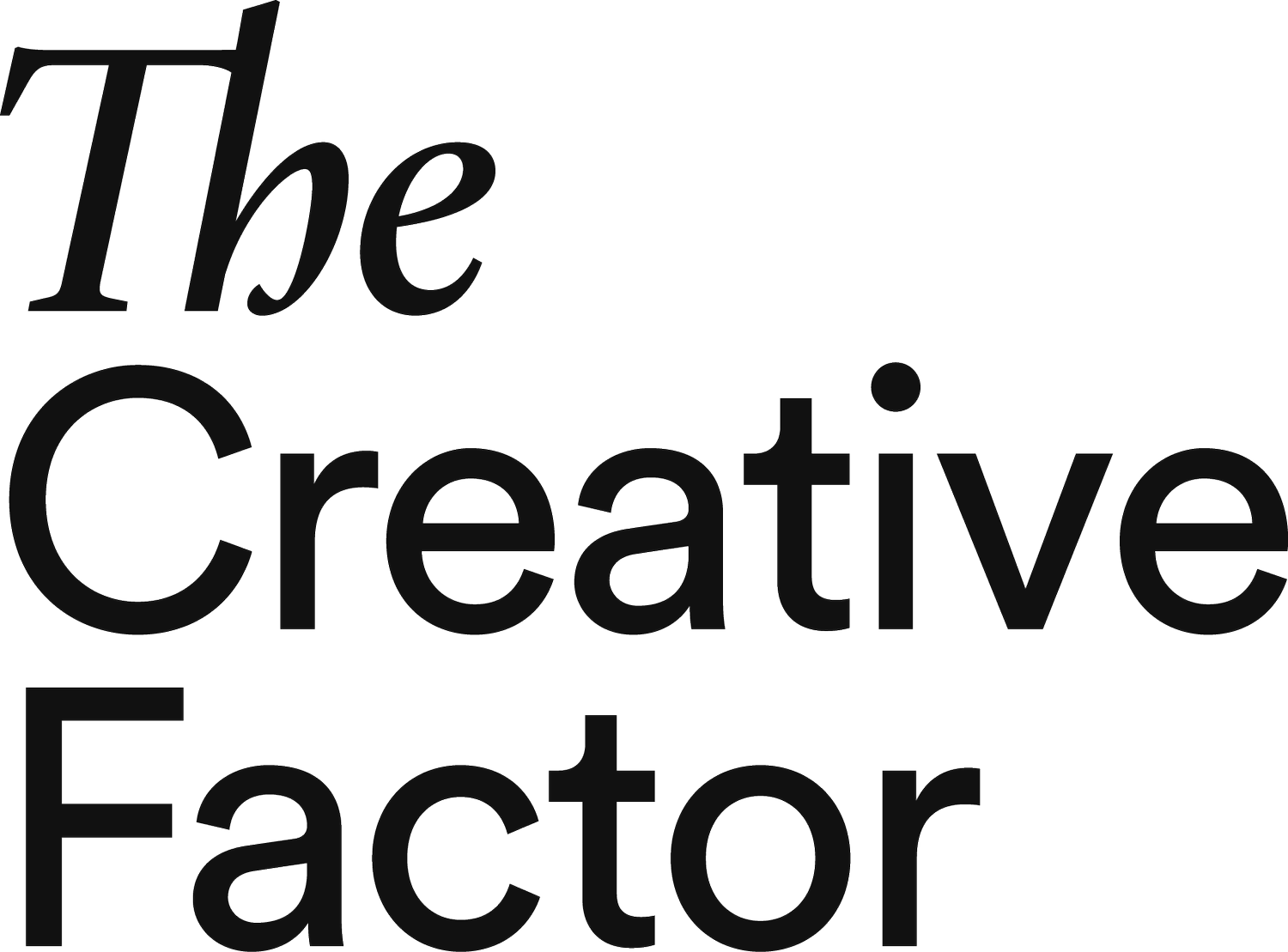Creative Exercises: 20 Minute Sketch Sessions with Steven Tupu, Principal at Terrain
Landscape architect Steven Tupu is making a gray New York City greener. Images courtesy of Tupu.
In "Creative Exercises", we share tools to solve creative problems or stoke the creative fires. Do these creative exercises by yourself or with your team in under 30 minutes and with minimal supplies. Go!
New York City needs more green space, and Steven Tupu is making it happen. The landscape architect and his team at Terrain have redesigned the open spaces at Terminal Warehouse, created a garden underneath the High Line for 1 Hudson Yards, and turned Industry City’s outdoor courtyard spaces into an urban forest.
As a landscape architect, Tupu wears the hats of a designer and horticulturalist. He can wax philosophically about big leaf magnolias and cinnamon ferns one moment, then dive into deep discussions about the particulars of New York real estate with developers. It also helps to have a lot of patience — some of his projects stretch on for 10, 15, and even 20 years. He brought his passion and curiosity for gardening and public spaces from his native New Zealand to New York City, where he transforms the urban jungle into something a little less gray.
At the center of his team’s creative process is a bi-weekly, analog, timed sketching session that motivates everyone to produce as many new ideas as possible. “Sitting together, drawing together, developing ideas through conversation — stewardship over ownership,” he says. Here, he shares the steps behind the process, and how it delivers both short and long-term creative benefits.
Tupu (in the back on the left) and his team participate in bi-weekly sketching sessions under the ethos “stewardship over ownership.”
1. Set a Regular, Timed Session with a Crystal-Clear Intention
Every two weeks, we have a morning design workshop with our team. We sit around our conference table and just draw on trace paper with colored pencils. It’s like primary school, but with a tighter focus. One or two of our team members bring a specific design challenge to the group that they are working on, and we all develop and draw different options for it. The session is 20 minutes, and our objective is to draw fast.
A team’s workplace culture is critical to its creative process.
2. Hone in on the Core Idea
The session is intentionally analog — nothing digital. It focuses on developing things quickly and getting this kernel of an idea down because you’ve only got 20 minutes. We will end up with eight to 10 smart threads of ideas. It’s both intense and generative, as the person who came with the challenge now has multiple new ways of looking at and thinking about their project. We then pin up all of the ideas and discuss the design directions as a group. This is a critical part of our process, where we all have the opportunity to explain, defend, and critique the ideas.
The team photographs each sketch so that they can reflect on and refine it in the future.
3. Save Everything for Future Inspiration
Culturally it is essential for everyone to spend time together, drawing, editing, and refining, which is what we all like to do. We draw as a way to begin the collective conversation of the specific design challenge.
After 20 minutes is up, the group comes together to discuss design directions.
We then photograph and scan all of the final images, so we also have a record of those our team members can refine and reference at a later date. This body of ideas helps turn the design process into one that becomes more of an edit, rather than creating everything from scratch every time.
The Takeaways
Set a regular 20-minute team session.
Get to the core concept right away.
Create something to review quickly, then build on it.
If you’d like to read more from Creative Factor, find our latest stories here. Or looking to tell your brand story? Introducing Creative Factor’s Storytelling Studio.





